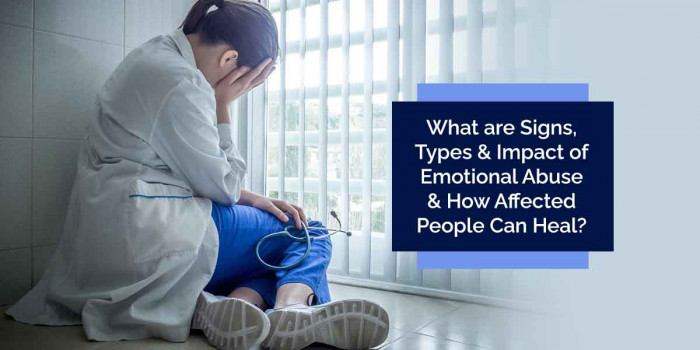Altitude Sickness: Causes, Types, Symptoms, Risk Factors & Preventions
Altitude sickness is a condition that an individual experiences when he/she goes on higher altitudes or elevations or walks/climbs too quickly.

Altitude sickness can be a common condition and sometimes dangerous that is caused due to high altitudes. It is a smart decision to take special care of if you are climbing or camping (such as the Rockies) or have plans for a holiday or hike in high-altitude countries such as Nepal, Peru, or Ecuador.
It is not easy for experts to recognize who will get it or who will not. Neither your strength/fitness level nor being man or female plays a role in identifying altitude sickness. To know the causes, symptoms, types, risk factors, and preventions, read here what altitude sickness is.
Types of Altitude Sickness
The three types of altitude sickness are:
1. Acute Mountain Sickness (AMS)
It is the mildest form of altitude sickness and is very common.
2. High Altitude Pulmonary Edema (HAPE)
It is a fluid buildup in the lungs that can be dangerous and even life-threatening.
3. High Altitude Cerebral Edema (HACE)
It is the severest form and occurs when fluid develops inside the brain. A life-threatening condition, it might require urgent medical treatment.
Causes of Altitude Sickness
Altitude sickness happens when you cannot find enough oxygen and air pressure (significantly low levels) in the atmosphere at high altitudes. It occurs most often when people who are not utilized to high altitudes go rapidly from lower elevations to 2438.4 m or 8000 ft higher.
Traveling in a plane, driving or hiking up a mountain, and skiing do not allow your body to adjust soon enough. Pushing yourself to quickly hike up a mountain, for example, may cause acute mountain sickness.
With the increase in altitude, the required oxygen to be mentally and physically alert reduces with air pressure. Dehydration, because of the higher rate of lost water vapor from the lungs, may lead to symptoms of altitude sickness. Other contributing factors that determine the severity of illness are the amount of physical activity, rate of ascent, altitude attained, and individual susceptibility.
Symptoms of Altitude Sickness
Altitude sickness results in symptoms like loss of appetite, headache, dizziness, fatigue, sleep issues, energy loss, vomiting, muscle aches, and insomnia. The symptoms typically appear within 12-24 hours of reaching a higher elevation and then improve in a few days as the body adjusts to altitude changes.
In moderate cases, symptoms may worsen, and over-the-counter meds may not work. Shortness of breath, severe headache, loss of coordination, difficulty walking, and chest tightening are the common symptoms.
And in case of severe forms like HAPE and HACE, symptoms such as confusion, coma, cough, inability to walk, and shortness of breath even at rest occur.
Risk Factors
Anyone can get altitude sickness regardless of their fitness, health, or age. Especially, people who are physically active at high elevation can get it. The risk factors could be one's living conditions and altitude level. Also, handling higher elevations is determined by one’s genes.
Preventions & Treatment
Pre-acclimatization, oxygen enrichment, medications, and altitude acclimatization are some great ways of managing and lowering the chance of getting altitude sickness. In acclimatization, you make your body accustomed to air pressure changes as you move towards high elevations.
Walking or climbing allows the lungs to get more air through deeper breaths and more red blood cells to carry oxygen to different body parts. Also, avoid tobacco, alcohol, and other medications like sleeping pills.
Consider sleeping at low altitudes, no matter how high you climb. Also, take rest in between hikes by going back to lower elevations. Drink 3-4 quarts of water daily and ensure that 70% of calories come from carbs.
You may feel a headache when you ride over a high mountain pass, climb to high altitudes, or reach a mountain resort. And when this symptom aggravates and does not get better with medication, you might need medical treatment.
As the fluid builds up in the brain in some cases, the doctor may ask you to go for an MRI or CT scan. Also, they can take an X-ray of the chest and check it using a stethoscope. When you have HACE, you may need to take a steroid called dexamethasone. And in case of HAPE, you would require supplemental oxygen and need medications and move to a lower altitude.
In Peru, Ecuador & Bolivia, a tea made from coca plant is a natural remedy. A Gamow bag, Paracetamol (acetaminophen), ibuprofen, and acetazolamide can help in altitude sickness.
Concluding Thoughts
Altitude sickness is commonly observed in people climbing, hiking, and walking on higher altitudes. It can vary from being mild to moderate to severe or life-threatening.
So if you plan to scale the mountains, make sure you take all the preventions and carry necessary medications to prevent altitude sickness.
Popular Posts
10 Amazing Lessons You Should Learn From Mr Olympia Jeremy Buendia
Jeremy Buendia is an fitness inspiration for people from all over the world, there is a reason why he has been so successful at what he has been doing. Don’t look for the reasons take some lessons from the fitness sensation right here, that can change your lives.
Ethan Stephans
Why Are Pubic Hair Thicker Than Body Hair?
As children we always had several questions about our bodies, which were alien to us, this post is to serve a decade-long curiosity of young boys/girls about their pubic hair and its texture.
Augustus Perez
7 Sleeping Tips That Every Woman Should Follow During Pregnancy
Pregnancy is not easy. Pregnant women experience a lot of changes in their bodies, like increased stomach size, frequent urination, and sleeping discomfort.
Still Unfold








